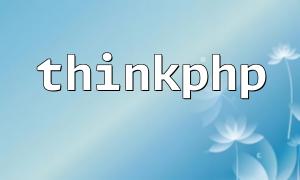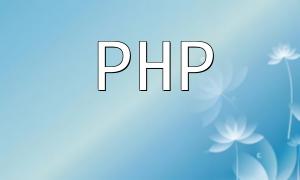ECharts is an open-source JavaScript-based visualization chart library that offers high flexibility and extensibility. It supports various types of charts, including line charts, bar charts, and pie charts. It is not only visually appealing but also capable of handling large datasets, making it ideal for data visualization in admin panels.
When developing an admin panel, we need to send data from the PHP backend to the frontend ECharts. Here is a simple PHP example that shows how to fetch data and output it in JSON format for use by ECharts:
Once we have fetched the data from PHP, we can use ECharts to visualize it on the frontend. Here is a basic ECharts configuration example to display dynamic data provided by the backend:
Enhancing user experience is crucial during development. Here are some best practices:
Implement data caching mechanisms to reduce database queries and improve page loading speed.
Ensure that ECharts charts are displayed well on various devices by optimizing the layout.
Utilize ECharts' interactivity features, allowing users to click on the chart for more detailed information.
Integrating ECharts with PHP is an ideal choice for building dynamic admin panels. With the help of this guide, you can easily fetch data and display rich visualizations. Implementing best practices will further enhance the user experience of your application. Whether dealing with statistical data or real-time data, the perfect combination of ECharts and PHP will help you create more efficient admin interfaces.
Mastering these skills will make you more competitive in the development field. Start experimenting now!









